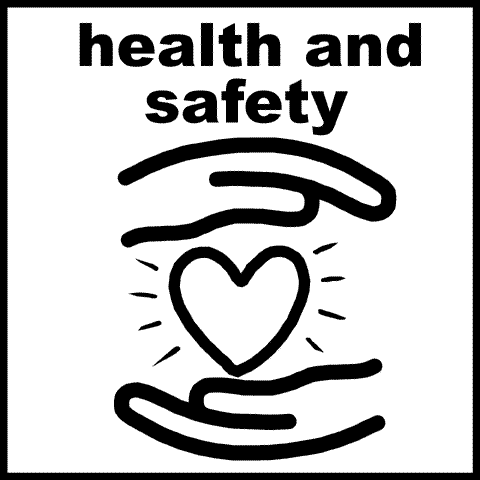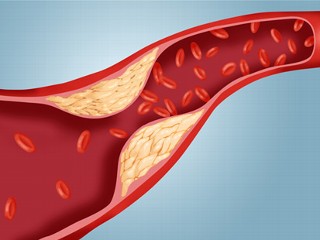 More than two-thirds of Americans are overweight or obese and the increased consumption of sugary drinks is a big part of why this is happening.
More than two-thirds of Americans are overweight or obese and the increased consumption of sugary drinks is a big part of why this is happening.
Americans consume gargantuan quantities of carbonated soft drinks and suffer untoward health consequences. Companies annually produce enough soda pop to provide 557 12-ounce cans—52.4 gallons—to every man, woman, and child.
Carbonated soft drinks are the single biggest source of calories in the American diet, providing about 7 percent of calories; adding in noncarbonated drinks brings the figure to 9 percent. Teenagers get 13 percent of their calories from carbonated and noncarbonated soft drinks.
Soft drinks provide large amounts of sugars (mostly high-fructose corn syrup) to many individuals’ diets. Soda pop provides the average 12 to 19-year-old boy with about 15 teaspoons of refined sugars a day and the average girl with about 10 teaspoons a day. Those amounts roughly equal the government’s recommended limits for teens’ sugar consumption from all foods.
Soft drinks are a problem not only for what they contain, but for what they push out of the diet. In 1977–78, boys consumed more than twice as much milk as soft drinks, and girls consumed 50 percent more milk than soft drinks. By 1994–96, both boys and girls consumed twice as much soda pop as milk. Heavy soft drink consumption is associated with lower intake of numerous vitamins, minerals, and dietary fiber.
The empty calories of soft drinks are likely contributing to health problems, particularly overweight and obesity. Those conditions have become far more prevalent during the period in which soft drink consumption has soared. Several scientific studies have provided experimental evidence that soft drinks are directly related to weight gain. That weight gain, in turn, is a prime risk factor for type 2 diabetes, which, for the first time, is becoming a problem for teens as well as adults. As people get older, excess weight also contributes to heart attacks, strokes, and cancer.
via Liquid Candy: How Sugary Drinks Are Harming America’s Health ~ CSPI.









